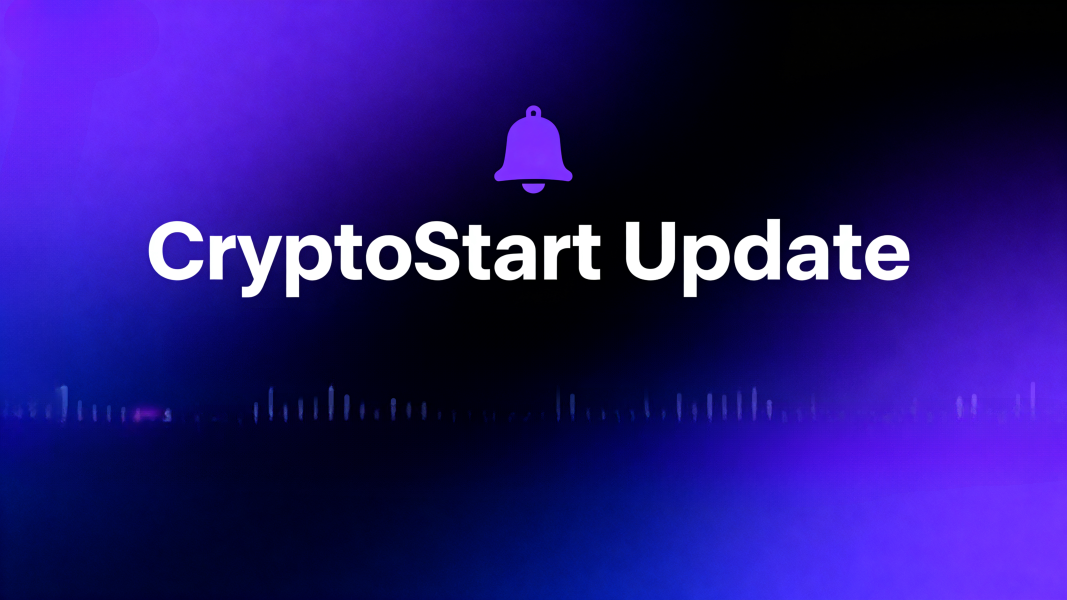1. What Is a Cryptocurrency Simulator?
A cryptocurrency simulator is an all-in-one tool that replicates real crypto ecosystem scenarios—including trading, mining, wallet management, and DeFi interactions—using virtual assets. Unlike single-function trading demos, it offers a full-chain experience, letting users practice every step of crypto engagement without risking real money.
Powered by real-time or historical market data from top exchanges (e.g., Binance, Coinbase), these simulators bridge the gap between crypto theory and practical operation, serving beginners, investors, and developers alike.
2. 3 Key Types of Cryptocurrency Simulators (With Examples)
Trading-Focused Simulators
Simulate buying/selling crypto with virtual funds. Support major pairs (BTC/USDT, ETH/USD) and order types (market, limit, stop-loss). Examples: Binance Demo Mode, CoinMarketCap Crypto Simulator.
Mining Simulators
Replicate mining processes—from hardware selection (CPU/GPU) to pool mining. Calculate potential profits based on hashrate and difficulty. Example: Crypto Mining Simulator, NiceHash Demo.
Ecosystem-Focused Simulators
Cover DeFi (staking, lending), NFTs (minting, trading), and DAO governance. Example: Aave Testnet Simulator, OpenSea Demo Version.
3. Must-Have Features of Quality Cryptocurrency Simulators
- Virtual Asset Pool: Free initial funds (e.g., $10k virtual USDT) for all users, no real deposit required.
- Real-Time/Historical Data: Syncs with live market prices or allows backtesting with past data (1 year+).
- Multi-Scenario Support: Combines trading, mining, and DeFi modules in one platform.
- Performance Analytics: Tracks trade history, mining profits, and strategy ROI with charts/reports.
- Wallet Simulation: Generates test addresses for practicing transfers and asset management.
4. Who Should Use a Cryptocurrency Simulator?
Beginners
Learn to create wallets, read K-line charts, and execute trades without losing real money. Avoid common mistakes like wrong address transfers.
Investors & Traders
Test strategies (dollar-cost averaging, swing trading) via historical backtesting. Validate ideas before applying them to live markets.
Developers & Enthusiasts
Debug smart contracts or test DeFi protocols (e.g., liquidity provision) in a risk-free environment. Understand ecosystem mechanics firsthand.
5. Key Limitations of Cryptocurrency Simulators
- Emotional Gap: Virtual funds don’t trigger the fear/greed of real trading, which may skew decision-making in live markets.
- Simplified Scenarios: Rarely replicate real-world issues like exchange outages, high slippage, or mining hardware costs.
- Data Lags: Free versions may have 1-5 minute delays, making them unsuitable for high-frequency trading tests.
6. How to Pick the Best Cryptocurrency Simulator
Focus on these 3 factors:
- Scenario Match: Choose mining simulators if you’re learning mining; pick DeFi-enabled tools for staking/lending practice.
- Data Quality: Prioritize platforms with real-time data from reputable exchanges (e.g., Binance, Kraken).
- Usability: Beginners: Opt for simple interfaces (Coinbase Learn Simulator). Pros: Choose feature-rich tools (TradingView Crypto Demo).
7. Frequently Asked Questions
Q1: Are all cryptocurrency simulators free?
A1: Most offer free basic versions (with limited funds/data). Premium plans ($10-$30/month) add advanced features like long-term backtesting and multi-portfolio tracking.
Q2: Can I simulate NFT trading on these platforms?
A2: Yes—some ecosystem simulators (e.g., OpenSea Demo) let you mint test NFTs and simulate buying/selling with virtual ETH.
Q3: How long should I practice before live trading?
A3: Aim for 2-3 months of consistent profitable simulation (across bull/bear market data) before using real funds.
Risk Warning
Cryptocurrency trading and investment carry high risks. This article is for educational purposes only and does not constitute financial advice. Simulated results do not guarantee real-world profits. Always conduct independent research and assess your risk tolerance before engaging in live crypto activities.

